Harvesting Corn
All Harvesting Corn Content
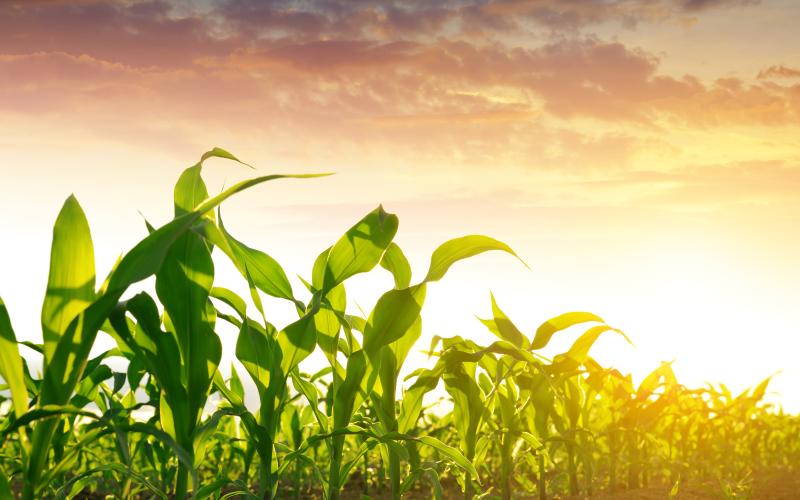
Corn
Nearly one out of every three dollars generated by South Dakota agriculture starts in a corn field. Two of every three rows of corn become ethanol.
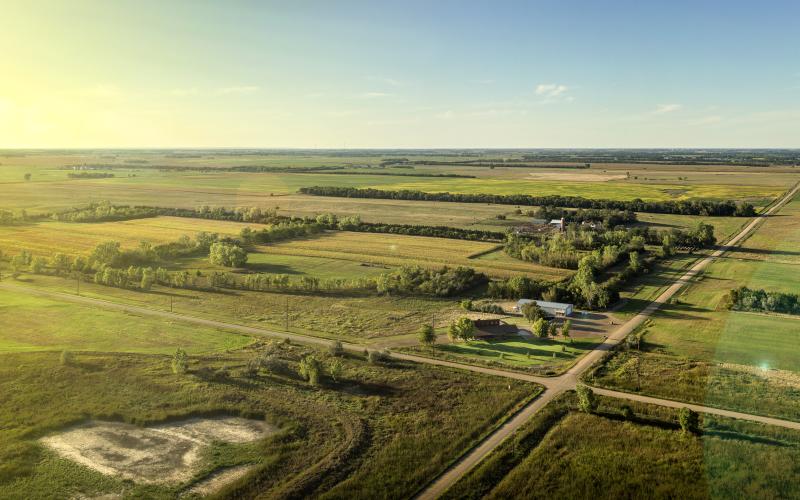
Crops
During the growing season, SDSU Extension provides weekly production recommendations.

Grain Storage Calculator
An Excel based spreadsheet for corn, soybean, spring and winter wheat producers.
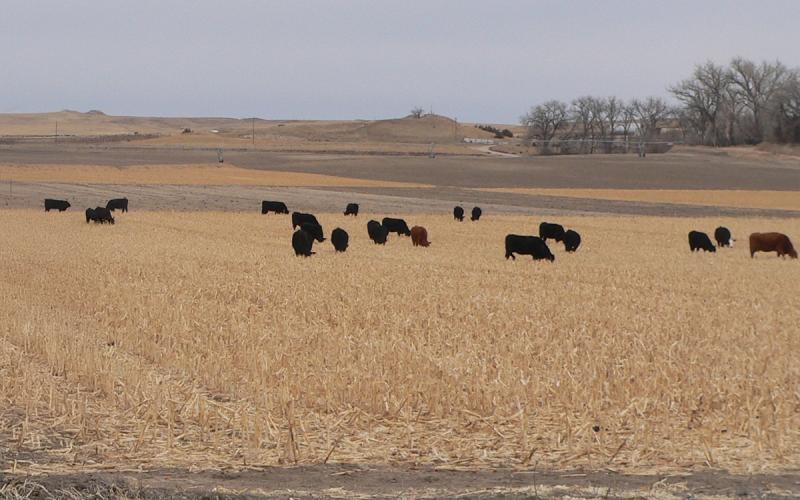
Why Cropland Grazing Now?
The evidence is consistent: cropland grazing delivers measurable economic returns, proven soil health benefits, and growing adoption in South Dakota.
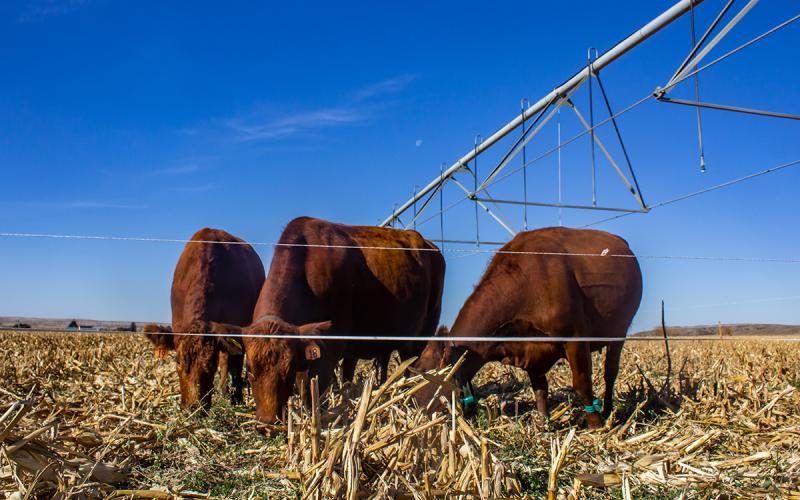
Stretch the Grazing Season by Grazing Corn Residue
Grazing corn residue can be an excellent strategy for stretching the grazing season. Learn some expert tips for making the most of corn residue before switching over to the feed tractor in the winter.

Corn Hybrid Trial Results
In 2025, corn hybrid and conventional corn hybrid trials were conducted at different locations throughout South Dakota.
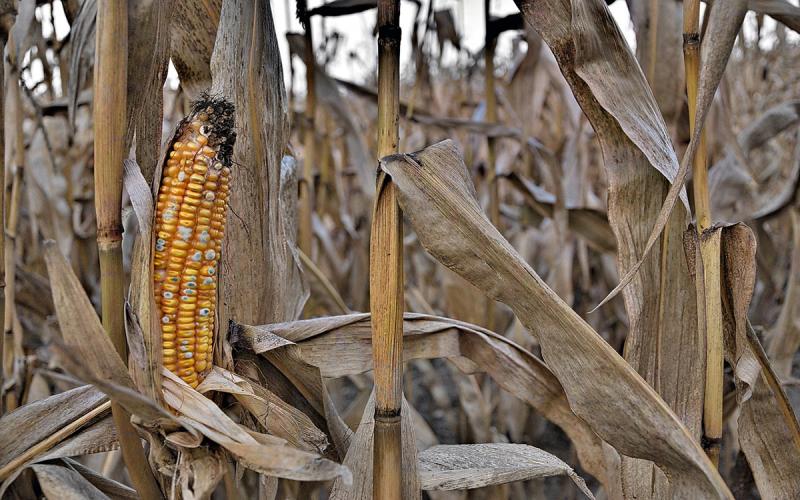
Mycotoxins: Should you be concerned?
Environmental stress caused by the weather or damaged crops increases the potential for mold and mycotoxin development. Learn some answers to common questions about mycotoxins and how to manage them.

Weed Management via Harvesting Order
Despite The warm and wet growing season that promoted continuous flushes of weed germination, weeds are usually present at the time of harvest. Careful consideration should be taken to determine the order of fields to be harvested.
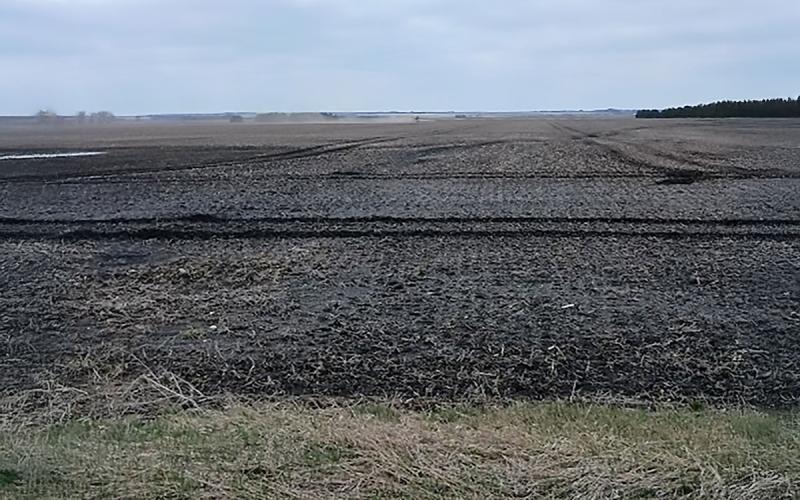
How to Avoid Soil Compaction During Crop Harvest
Soil compaction can degrade soil health and lead to reduced crop yields. Learn some production practices that can implemented during harvest to avoid soil compaction.
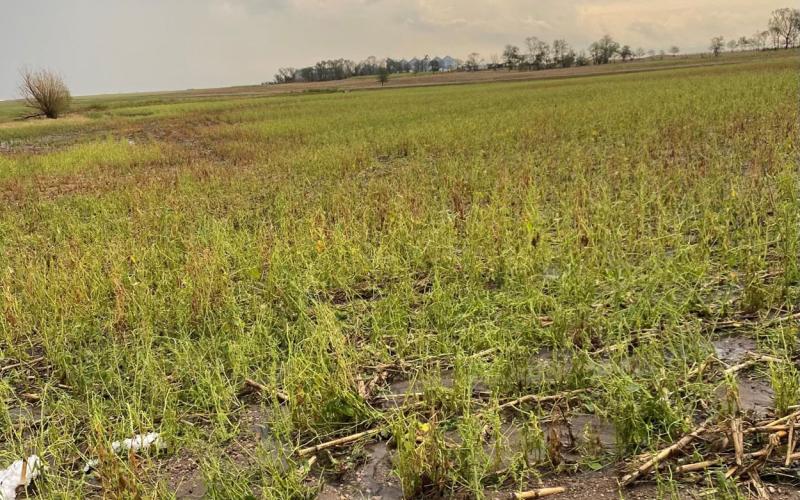
Making Decisions With Hail-Damaged Row Crops
Late-season hail damage can leave growers wondering what to do next. Before deciding what to do with your hail-damaged fields, take some time to consider a variety of management options.